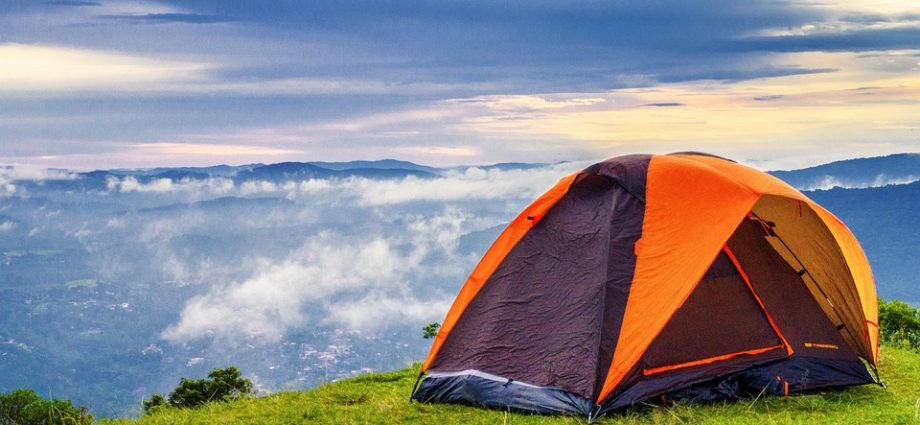A Tourist’s Guide to São Paulo
São Paulo, the largest city in Brazil, is a bustling metropolis that offers a vibrant mix of culture, history, and modernity. With its skyscrapers, museums, parks, and restaurants, it’s easy to see why São Paulo attracts millions of tourists every year. Here’s a comprehensive guide for anyone planning to visit the city.
Getting There
São Paulo is served by two airports, Guarulhos and Congonhas. Guarulhos is the main international hub, and Congonhas serves mostly domestic flights. From the airports, you can take a taxi, Uber or public transportation to the city center. There’s also a train from Guarulhos to the city’s central station.
Accommodations
São Paulo has accommodations to suit any budget. From luxury hotels such as the Hotel Unique, Grand Hyatt, and Tivoli Mofarrej, to mid-range options like the Mercure and Novotel, to hostels and budget hotels. In general, hotels in the city center are more expensive, and those in the suburbs are more affordable.
Transportation
Like most big cities, São Paulo is known for its traffic jams. If you’re staying in the city center, you might find it easier to walk or use public transportation. The city has an extensive metro and bus system that covers most tourist attractions. You can buy a rechargeable card (Bilhete Único) that works on both metro and bus, or you can buy single-use tickets. Taxis and Ubers are also widely available.
Language
The official language of Brazil is Portuguese, and São Paulo is no exception. While many people speak English, particularly those in the hospitality and tourism industries, it’s always helpful to learn a few key phrases in Portuguese.
Currency
The currency of Brazil is the Brazilian real. Most major credit cards are accepted in São Paulo, but it’s a good idea to carry some cash for smaller purchases and tips. ATMs are widely available throughout the city.
Weather
São Paulo has a tropical climate, with warm temperatures year-round. The rainy season lasts from November to April, with January and February being the wettest months. The rest of the year is generally dry, with occasional thunderstorms.
Safety
Like any big city, São Paulo has its share of crime, and tourists should take precautions to avoid incidents. Some tips include not carrying valuables on the street, avoiding unlit areas at night, and being aware of your surroundings. The city center is generally safe during the day, but it’s a good idea to take a taxi or Uber at night.
Top 10 Tourist Attractions in São Paulo
1. Paulista Avenue – The bustling main avenue is home to a variety of museums, restaurants, and shops.
2. São Paulo Cathedral – This impressive Gothic cathedral features beautiful stained glass windows and a towering nave.
3. Municipal Market – The market is known for its incredible selection of exotic fruits, meats, and cheeses.
4. Ibirapuera Park – The large city park is home to several museums, gardens, and an outdoor concert venue.
5. Museum of Art of São Paulo (MASP) – This well-known museum features an extensive collection of Brazilian and European art.
6. Football Museum – Football is a beloved sport in Brazil, and this museum celebrates the country’s history and achievements in the sport.
7. Theatro Municipal – The ornate theater is a beautiful venue for opera, ballet, and classical music performances.
8. Pinacoteca do Estado – This museum is dedicated to Brazilian art and features a variety of temporary and permanent exhibitions.
9. Liberdade District – This neighborhood is home to a large Japanese community, and is known for its numerous sushi restaurants and shops.
10. Rua Oscar Freire – This street is known as the “Rodeo Drive” of São Paulo, with high-end shops and boutiques.
FAQs
Q: What’s the best time of year to visit São Paulo?
A: São Paulo can be visited year-round, but the dry season from May to October is a popular time for tourists.
Q: Is it safe to walk around the city center at night?
A: While the city center is generally safe during the day, it’s best to take a taxi or Uber at night to avoid incidents.
Q: What’s the best way to get around São Paulo?
A: São Paulo has an extensive metro and bus system, as well as taxis and Ubers, but traffic can be heavy during rush hour.
Q: What’s a traditional Brazilian dish to try in São Paulo?
A: Feijoada is a popular Brazilian dish that consists of beans and various meats, and is often served with rice and farofa.
Q: Do I need a visa to visit São Paulo?
A: It depends on your nationality. Check with your country’s consulate or embassy for visa requirements.
